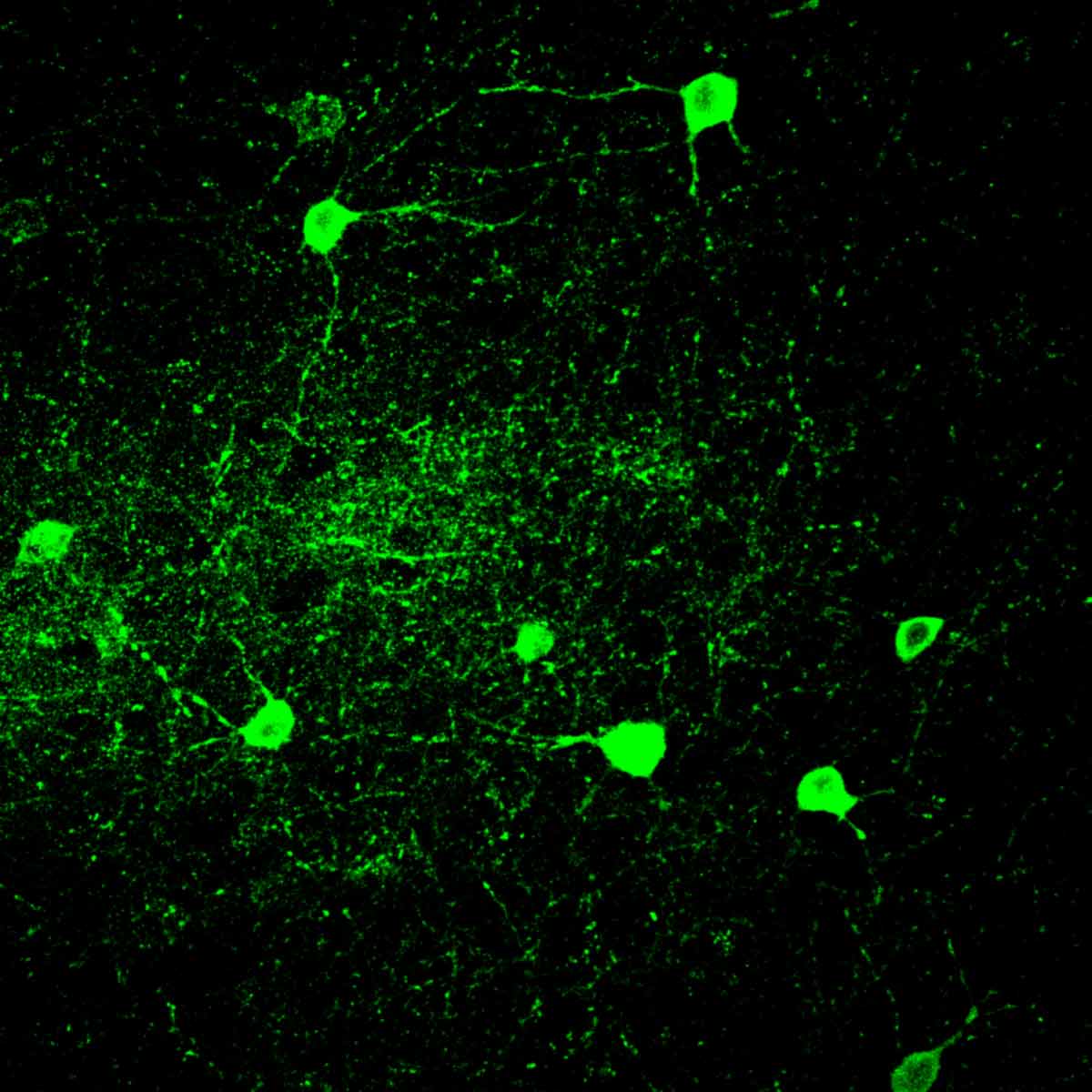 |
This blog originated as a press release from Nagoya University. Thanks to them for allowing us to repost it here. |
Researchers at Nagoya University in Japan have developed a new chemical-only process that may represent an important breakthrough in creating customized mRNA vaccines for a variety of diseases and allow for the inexpensive preparation of mRNA in large quantities.
During the COVID-19 pandemic, mRNA vaccines were successfully used to boost immunity. These vaccines teach cells how to make a protein that triggers the body’s immune response, allowing its natural defenses to recognize the invading virus. However, current vaccines that use biological processes do not allow for the precise molecular design of mRNA, which limits their use in creating new vaccines as variants emerge.
As published in ACS Chemical Biology, a research group led by Professor Hiroshi Abe and Associate Professor Naoko Abe of the Graduate School of Science at Nagoya University has developed the first completely chemical synthesis method for mRNA.
In their study, the group synthesized a part of the mRNA called the cap. The cap is important because it promotes the translation of mRNA into proteins and protects mRNA from degradation. To prepare synthetic mRNA, such as that used in vaccines, the two currently used biological methods rely on enzymes to incorporate the cap structure into the mRNA. However, the researchers found that their technique could synthesize a variety of chemically modified mRNA strands with a cap structure.
According to Professor Abe, “our research suggests that it is possible to make mRNAs with precisely introduced chemical modifications with complete control over the process. The molecular design reported in our study exhibits five times higher translational activity than that of enzyme-produced natural-type mRNA. This means that mRNA can be synthesized in large quantities at low cost using chemical synthesis.”
Chemically modified mRNA could be used to create customized vaccines against a variety of infectious diseases including viruses and cancers. Professor Abe explains, “By introducing these chemical modifications, the mRNA becomes stable. This could allow for the creation of long-lasting and effective mRNA vaccines. In addition, it could allow mRNA to be administered directly instead of using lipid nanoparticles, which are used for delivery in current vaccines.”
“One of the exciting implications of this research is that this could be used in the next generation of vaccines,” the researchers said. “We hope that the capping method reported here will be of great use in the development of RNA therapeutics.”
The study, “Complete Chemical Synthesis of Minimal Messenger RNA by Efficient Chemical Capping Reaction,” was published in ACS Chemical Biology on May 24, 2022.
Authors:
Naoko Abe, Akihiro Imaeda, Masahito Inagaki, Zhenmin Li, Daisuke Kawaguchi, Kaoru Onda, Yuko Nakashima, Satoshi Uchida, Fumitaka Hashiya, Yasuaki Kimura, and Hiroshi Abe
The study was supported by the AMED LEAP project ‘Innovation of Chemistry-Based Molecular Design and Production Methods for mRNA and its Application to Vaccines’, which started in FY2021.
Reference
Abe N et al. Complete chemical synthesis of minimal messenger RNA by efficient chemical capping reaction. ACS Chem Biol AOP 2022-05-24. doi: 10.1021/acschembio.1c00996 PMID: 35608277.








